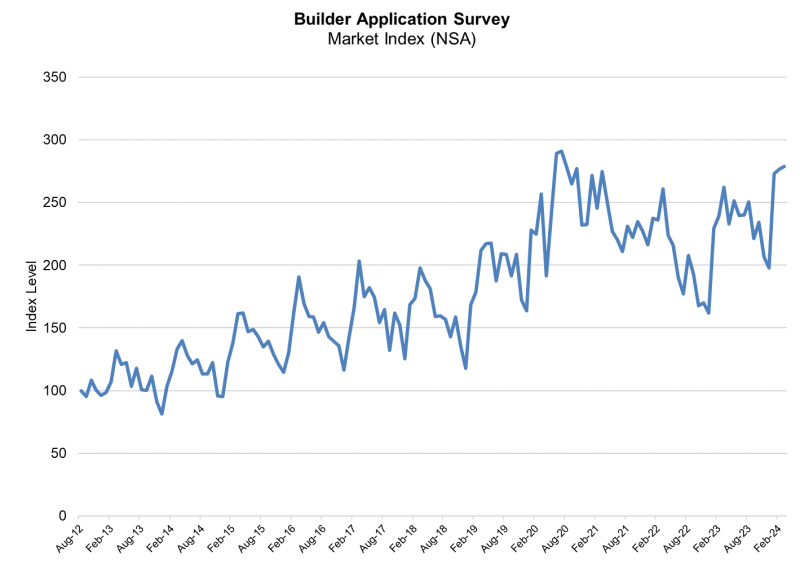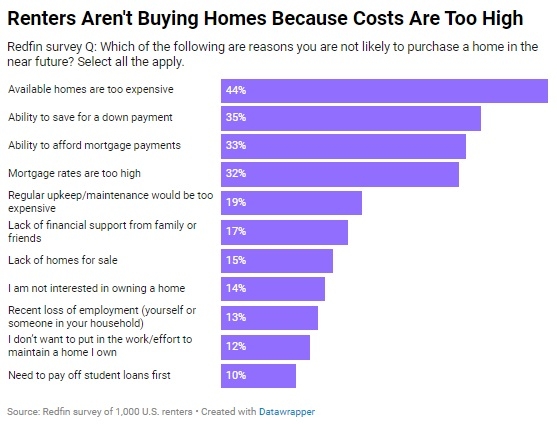Advertisement
Making Lemonade From a Lemon-Level Rate Picture
The latest mortgage rate data from Freddie Mac is anything but sweet. And while there is little evidence that the picture will substantially improve in the immediate future, there is some movement across the industry to find other ways to successfully expand bottom lines.
According to Freddie Mac’s latest Primary Mortgage Market Survey (PMMS), average fixed mortgage rates remained largely unchanged for the week ending August 28. The 30-year fixed-rate mortgage (FRM) averaged 4.10 percent with an average 0.5 point, unchanged from last week. A year ago at this time, the 30-year FRM averaged 4.51 percent. The 15-year FRM this week averaged 3.25 percent with an average 0.6 point, up from last week when it averaged 3.23 percent. A year ago at this time, the 15-year FRM averaged 3.54 percent.
Furthermore, the five-year Treasury-indexed hybrid adjustable-rate mortgage (ARM) averaged 2.97 percent this week with an average 0.5 point, up from last week when it averaged 2.95 percent. A year ago, the five-year ARM averaged 3.24 percent. And the one-year Treasury-indexed ARM averaged 2.39 percent this week with an average 0.5 point, up from last week when it averaged 2.38 percent. At this time last year, the one-year ARM averaged 2.64 percent.
The ongoing stagnation in the rates is discouraging to many. However, some industry figures believe the current environment offers an opportunity to follow the popular recipe of making lemonade from lemons.
For example, Rob Katz, executive vice president at San Diego-based ReverseVision, has been fielding multiple inquiries from mortgage professionals looking to expand their business via the introduction of reverse mortgages.
“I’ve had the pleasure of recently attending three or four regional trade shows, and that gave me the chance to talk to hundreds of originators,” Katz said. “Almost every forward-traditional broker I talked to commented that their business was way down and they were interested in finding products to help them rebuild their bottom line.”
Katz observed that his company was fielding inquiries from 50 to 60 brokers each month to learn more about the product, and he expects more inquiries to arrive in the coming months. “The traditional refi market is gone and originators are looking for ways to supplement their income,” he added.
Another new revenue-building business channel originators is the return of the home equity line of credit (HELOC), which is poised to see new activity as a new wave of home remodeling and repairs is underway.
“We are seeing a lot of folks looking to renovate their home and obtain home improvement loans, rather tha moving up in their housing decisions,” said Rick Seehausen, CEO of Glendale, Colo.-based LenderLive Network Inc. “We’re seeing homeowners wanting to tap into their equity with HELOCs.”
Other mortgage companies seeking to expand their bottom lines might consider expanding their B2B offerings. Dan Hastings, executive vice president at Houston-based Envoy Mortgage, noted that some companies have been exploring the opportunities within correspondent lending.
“A lot of people exited the correspondent lending business,” Hastings said. “The major aggregators have scaled back. We’ve seen a lot of people enter the correspondent space on the wholesale side. More people will exit the business, which will open the doors for more people to get into the correspondent lending business.”
But one area where few residential originators have been eager to tread in search of new business is commercial real estate.
“The only residential guys I’ve seen try to dabble in commercial are a few local banks,” said Jake Clopton, president of Chicago-based Clopton Capital. “I’ve not often seen it done successfully.”
Clopton pointed out that while it might appear there could synergy between the practices, each has its own very different protocols and considerations.
“Commercial real estate is really its own animal,” Clopton continued. “Oftentimes, residential guys try to cross the border, but don’t understand how complex it is. Residential brokers are used to making two percent to three percent on a deal, but it’s not like that in commercial–they would make one percent at most.”
About the author





